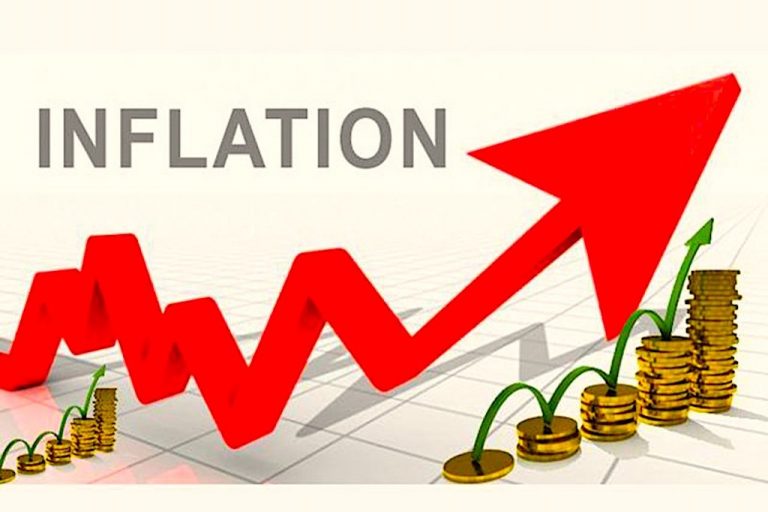
In recent times, the global economy has faced a myriad of challenges, with inflation and stagflation being at the forefront of economic discussions. Inflation, the general increase in prices and fall in the purchasing value of money, has been a persistent concern for policymakers, businesses, and consumers alike. On the other hand, stagflation – a portmanteau of stagnation and inflation – refers to the situation where the inflation rate is high, the economic growth rate slows, and unemployment remains steadily high.
The specter of stagflation has been a topic of debate among economists and financial experts. Some have warned of its potential impact on the economy, suggesting that higher prices could lead to decreased consumer spending, which in turn might result in lower corporate profits and a potential stock market downturn. This scenario is reminiscent of the 1970s, when stagflation left a profound impact on the global economy.
However, it’s important to note that the current economic environment differs significantly from that of the 1970s. Federal Reserve Chair Jerome Powell has pointed out that there is no sign of stagflation in the U.S. economy, with both inflation rates and the unemployment rate below 4%. This is supported by data showing that wage growth has largely kept pace with inflation, and the effects of the pandemic on the prices of food and other goods have largely subsided.
Register for Tekedia Mini-MBA edition 19 (Feb 9 – May 2, 2026): big discounts for early bird.
Tekedia AI in Business Masterclass opens registrations.
Join Tekedia Capital Syndicate and co-invest in great global startups.
Register for Tekedia AI Lab: From Technical Design to Deployment (next edition begins Jan 24 2026).
Moreover, the current economic policies and conditions are distinct from those that led to stagflation in the past. Today, the central banks are more proactive and vigilant in monitoring inflationary pressures and adjusting monetary policies accordingly. The Federal Reserve, for instance, has planned interest rate hikes to a neutral rate, estimated to be between 2 and 3.5%, in an effort to prevent the risk of stagflation.
Understanding and navigating the complexities of inflation and stagflation requires a multifaceted approach. Governments and central banks must balance between stimulating economic growth and controlling inflation. Businesses need to adapt to changing economic conditions by managing costs and pricing strategies effectively. Consumers, on the other hand, must be prudent with their spending and investments, seeking opportunities that hedge against inflation.
In conclusion, while concerns about inflation and stagflation are valid, the current economic indicators suggest that the situation is under control. The lessons learned from the past, coupled with modern economic tools and policies, provide a framework for managing these challenges. It is essential for all stakeholders to stay informed and engaged in the economic discourse, as the global economy continues to evolve in an ever-changing landscape.


